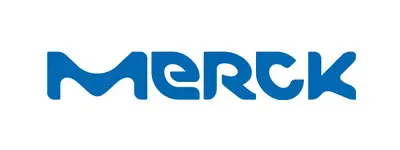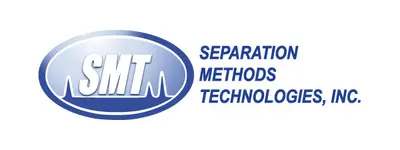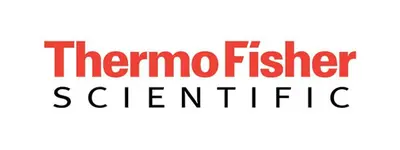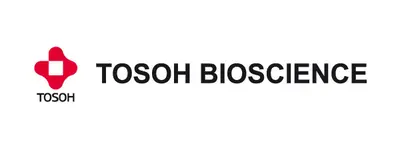As already described in the basics, the functionalisation of the column must exactly match the target analyte, as a reversible bond between the stationary phase and the target analyte is desired. Therefore, the modification of the affinity column is by far the most important criterion when selecting the column. As the target analytes are initially bound by the ligand under the starting conditions and all impurities are washed from the column, the columns are generally shorter compared to other types of chromtography. Other parameters play a more subordinate role.
Many recombinant proteins have a polyhistidine tag or a gluthathione S-transferase (GST) fusion tag.
The histidine tags bind to di- or trivalent metal ions. This type of affinity chromatography is known as Immobilised Metal Affinity Chromatography (IMAC). The metal commonly used for this is nickel, but copper, zinc and cobalt are also used. Imidazole is typically used as a competitive ligand for elution.
For GST fusion proteins, a tripeptide (Glu-Cys-Gly) can be used as a ligand for affinity chromatography. Gluthathione is used in the mobile phase to elute the bound protein.
Protein A is a frequently used ligand in affinity chromatography. Protein A binds to many immunoglobulins in many species. This is an easy way to purify antibodies from a matrix. For the elution of antibodies from a Protein A column, a mobile phase with a low pH and a high concentration of an amino acid such as glycine or arginine is normally used.
Protein G has a higher binding affinity compared to Protein A. Protein G binds optimally at acidic pH values, which results in elution under more acidic conditions (pH < 3). This high binding affinity can also result in IgG carry over, which is why Protein G should be selected specifically for the antibody.







